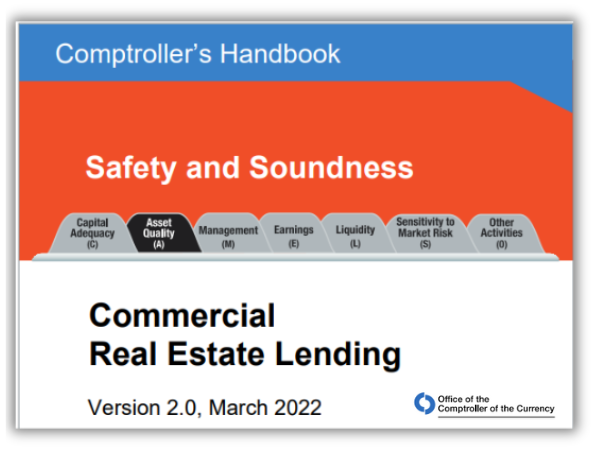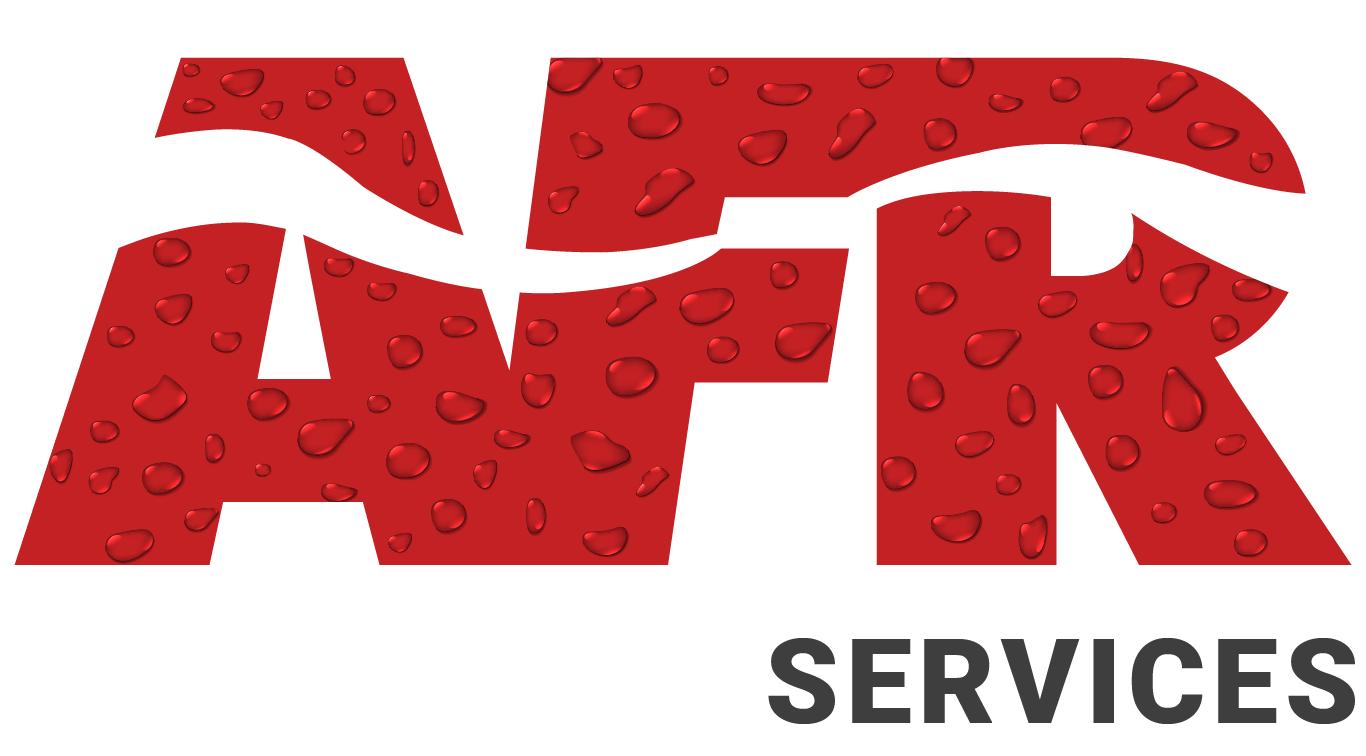STATUTORY & REGULATORY GUIDANCE

Bookmark this page for easy reference to AFR's centralized hub for up-to-date information, reflecting changes to laws, rules, and policies that affect flood insurance and loan servicing as they become available. Financial institutions can benefit from the detailed insights provided here to ensure compliance and informed decision-making. Check back frequently, as updates are made regularly to capture new regulatory developments, amendments, and guidance from relevant agencies.
Current Propositions
NFIP Installment Rule
While this is technically a rule and not a proposal, it is not scheduled to go into affect until October 1, 2025. Until then, industry advocates may raise concerns about the rule's feasibility which could lead to potential changes. This new rule essentially allows NFIP policy holders to either pay their annual premium in full or via a monthly installment payment plan.
Proposition: Extension of the National Flood Insurance Program
The National Flood Association (NFA) issued a letter on December 13, 2024, addressed to key congressional leaders, urging the immediate extension of the National Flood Insurance Program (NFIP), which was set to expire on December 20, 2024. Congress has since passed legislation that extends the NFIP's authorization to March 14, 2025.
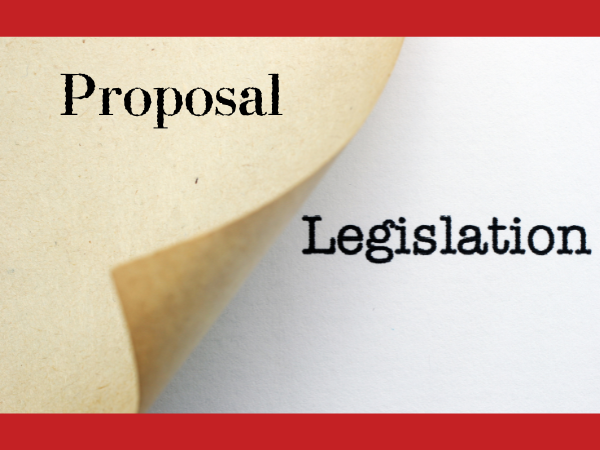
Proposition: Regulatory Publication & Review Under the Economic Growth and Regulatory Paperwork Reduction Act of 1996
On October 30, 2024, the National Flood Association (NFA) submitted a letter to key financial regulatory leaders, including Federal Reserve Chair Jerome Powell, Acting Comptroller of the Currency Michael J. Hsu, and FDIC Chairman Martin J. Gruenberg. The letter addresses concerns related to the "Interagency Questions and Answers Regarding Flood Insurance" (Q&A) under the Economic Growth and Regulatory Paperwork Reduction Act (EGRPRA).
The NFA emphasizes the need for clearer, more consistent guidance to alleviate confusion surrounding the mandatory purchase of flood insurance requirements. They commend recent efforts to make the Q&A more user-friendly and propose a collaborative approach between industry stakeholders and regulatory agencies to ensure timely updates and simplifications to the guidance.
The NFA highlights specific areas needing prompt attention, such as clarifications on the use of National Flood Insurance Program-derived Replacement Cost Value in coverage calculations. They express a willingness to engage further and provide additional feedback to support these initiatives.
What is 42 U.S. Code § 4012a?
This section of the U.S. Code outlines requirements related to the purchase of flood insurance for properties located in special flood hazard areas and the following responsibilities of lending institutions:
- Mandatory Flood Insurance Purchase:
Lending institutions must ensure that properties located in special flood hazard areas (as designated by FEMA) and securing loans are covered by flood insurance. - Notification Requirements:
Lenders are required to notify borrowers if their property is located in a special flood hazard area requiring flood insurance and the availability of federal flood insurance programs. - Escrow of Flood Insurance Payments:
For loans secured by residential improved real estate or mobile homes, lenders must establish escrow accounts to collect flood insurance premiums and ensure timely payment. - Force-Placed Insurance:
If a borrower fails to maintain flood insurance, the lender is authorized to purchase flood insurance on the borrower's behalf (force-placed insurance).
This statute ensures that properties in flood-prone areas are insured to mitigate financial losses and promotes lender compliance to uphold federal flood insurance regulations.

What does the Interagency Joint Final Rule address regarding loans in areas having special flood hazards?
The Interagency Joint Final Rule on Loans in Areas Having Special Flood Hazards clarifies and implements flood insurance requirements for lenders under the Biggert-Waters Flood Insurance Reform Act of 2012 and the Homeowner Flood Insurance Affordability Act of 2014 with the purpose of strengthening flood risk mitigation by:
- Ensuring borrowers in flood-prone areas maintain adequate insurance coverage.
- Increasing the availability and acceptance of private flood insurance options.
- Streamlining compliance processes for lenders while enhancing consumer protections.
The Rule also clarifies procedures for lenders to purchase and charge for flood insurance if a borrower fails to maintain adequate coverage. Lastly, it provides specific criteria for small lender exemptions from the mandatory escrow requirements.

What were the 2016 CFPB amendments to the 2013 Mortgage Servicing Rule?
The 2016 CFPB Amendments to the 2013 Mortgage Servicing Rule clarified and expanded on the Consumer Financial Protection Bureau’s (CFPB) 2013 Mortgage Servicing Rules, which were designed to provide borrowers with greater protections and help prevent avoidable foreclosures. The amendments specifically addressed gaps in the original rule and provided additional guidance for mortgage servicers with the aim to:
- Address borrower confusion and provide stronger protections for vulnerable borrowers (e.g., those in bankruptcy or foreclosure).
- Ensure servicers have clear guidelines to improve compliance.
- Close loopholes in the original 2013 Mortgage Servicing Rules to strengthen consumer rights and enhance transparency in mortgage servicing.
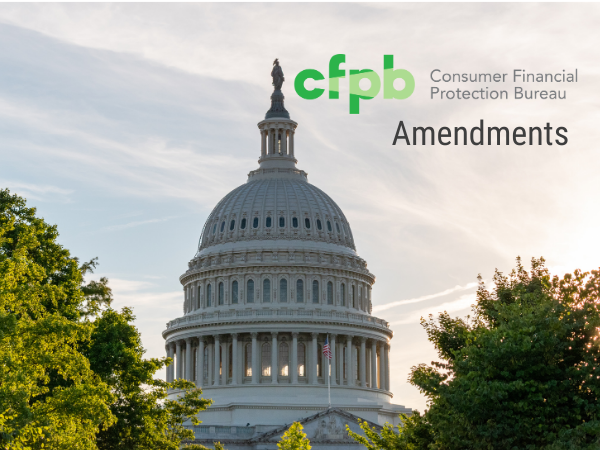
FDIC Compliance Examination Manual, Section V-6.1: Flood Insurance
This manual provides guidance for examiners to ensure banks comply with federal flood insurance regulations. The rules primarily stem from the Flood Disaster Protection Act (FDPA) and related amendments, such as the Biggert-Waters Flood Insurance Reform Act and the National Flood Insurance Reform Act of 1994.
Lenders can use this manual to evaluate their own policies and procedures to ensure compliance with flood insurance requirements.
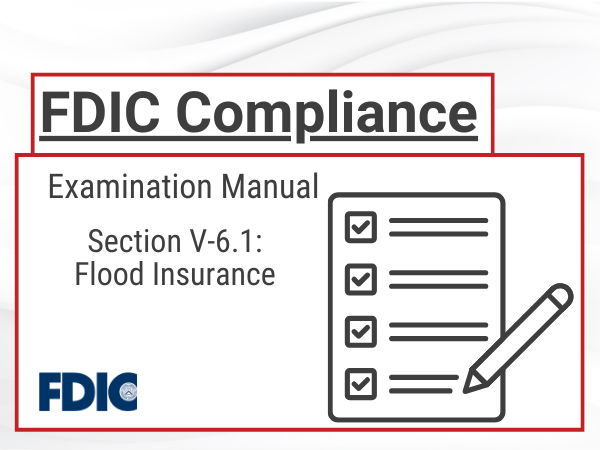
FRB Compliance Handbook, Regulation H - Flood Protection
The Federal Reserve Board (FRB) Compliance Handbook outlines the requirements of Regulation H related to flood insurance protection. These rules implement the Flood Disaster Protection Act (FDPA) and focus on ensuring financial institutions comply with flood insurance regulations for properties in designated Special Flood Hazard Areas (SFHAs).
Lenders can use this handbook to audit their practices to ensure that all collateral located in flood-prone areas is adequately protected through mandatory flood insurance.
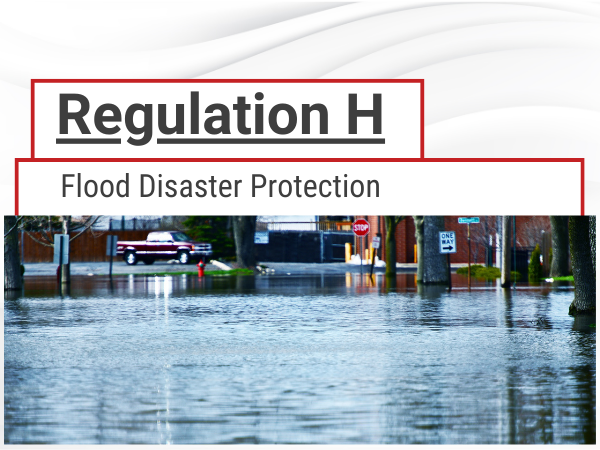
OCC Comptrollers Handbook - Residential Real Estate Lending
The Office of the Comptroller of the Currency (OCC) Comptroller’s Handbook for Residential Real Estate Lending provides guidance to examiners for assessing the safety, soundness, and compliance of banks' residential real estate lending activities. The handbook addresses key regulatory requirements, risk management practices, and supervisory expectations.
This handbook provides a framework which lenders can use to evaluate their residential real estate lending practices to ensure:
- Safety and soundness of lending portfolios.
- Compliance with laws and regulations.
- Fair and equitable access to credit for borrowers.
- Mitigation of risks to banks, borrowers, and the broader financial system.
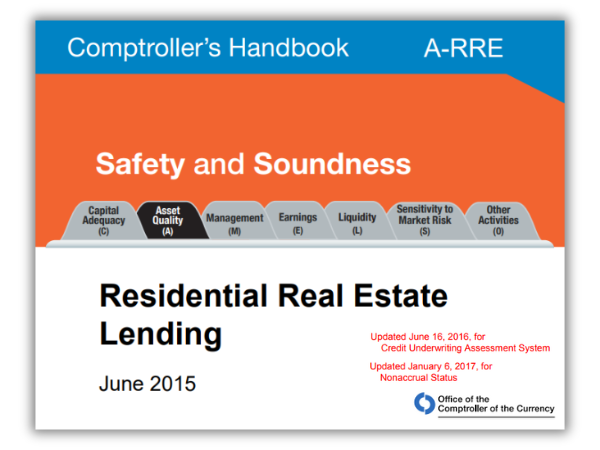
OCC Comptrollers Handbook - Commercial Real Estate Lending
The OCC Comptroller’s Handbook on Commercial Real Estate (CRE) Lending provides guidance to examiners for assessing the safety, soundness, and compliance of banks’ CRE lending practices. CRE lending involves loans secured by real estate used for business purposes, such as retail centers, office buildings, hotels, industrial properties, and multifamily housing.
Lenders can use this handbook to ensure:
- Safe and sound CRE lending practices.
- Effective risk management.
- Compliance with regulatory requirements.
